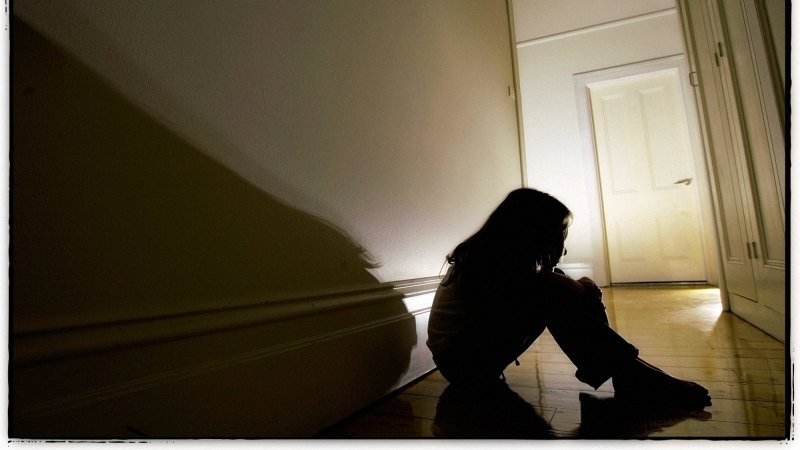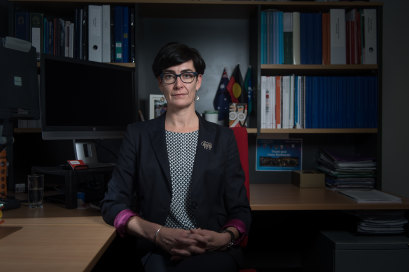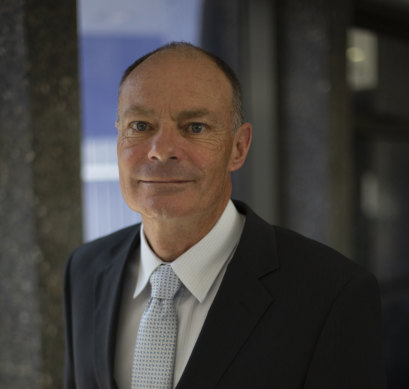Save articles for later
Add articles to your saved list and come back to them any time.
An inquest into the deaths of four Victorian children known to Child Protection services has heard more than 10 per cent of frontline roles remain vacant and a growing number of workers are trying to manage more than two dozen cases.
But the government has signalled it will reform the way Child Protection – and the agencies it contracts to oversee some children’s care – manage those cases.
Liana Buchanan, Victoria’s Commissioner for Children and Young People, told the inquest more than 10 per cent of frontline roles remain vacant.Credit: Justin McManus
Victoria’s State Coroner John Cain is presiding over an inquest into the violent deaths of four children between 2015 and 2017, all of whom were known to Child Protection.
The deaths have already been the subject of criminal investigations. Cain’s task is to investigate the extent to which failings in Victoria’s child protection regime, including the role of contracted agencies, may have contributed to them.
Principal Commissioner for Children and Young People Liana Buchanan told the inquest on Thursday that 230 full-time child protection practitioner roles remained vacant across the state, out of 2200 roles.
Several years ago, she said, the average caseload for child protection workers was 15 children – and 16 was seen as excessive. Last year, the average was 14.
State Coroner John Cain is presiding over an inquest into the role Child Protection, and other agencies, had in the deaths of four children.
“While that might be the average, there are still increases in the number of practitioners who have, for example, more than 25 cases allocated to them,” Buchanan said. “So we’re still seeing, across the whole of the system, significant pressure.”
Aside from their involvement with Child Protection, there are some clear similarities between the lives of the children, who were aged between 6 months and 15 years when they were killed.
Multiple reports had been made to protective services about the families of all four young people, and the 15-year-old girl had been removed from her mother’s care years earlier over concerns for her welfare.
Three were identified as being Aboriginal, while the fourth was from a recent migrant background. All had one or more of the following risk factors in their home lives: drug use in the home; a parent with severe mental illness; rough sleeping; their mother forming a new relationship; and their mother’s partner having a history of violence.
Buchanan said she had never worked as a child protection practitioner, “but my observation is it must be one of the hardest roles that I can imagine”.
However, she said some fundamental systemic issues – such as sufficient workforce, capacity to keep caseloads manageable and to minimise the number of unallocated cases – would “have to be attended to if we’re going to see some serious capacity to improve [child protection outcomes].”
One of Cain’s tasks in the inquest is to examine how the external agencies that Child Protection contracts to, and works with, operated in each child’s case.
Buchanan said opaque management of at-risk children, between Child Protection and the offices of external agencies, was one of the most fraught issues her office dealt with.
This was particularly evident, she said, in cases where Child Protection referred a case to an external agency, checked the referral had been accepted, and then closed the case without knowing the outcome of that child’s case.
“[It] is a problematic practice, the fact that Child Protection does not know until there’s a future report [of harm to a child] whether that family has actually received any services [or anything] actually has changed for the child. It is probably one of the most significant issues that I continue to see as commissioner.”
She said she was “very hopeful” Child Protection’s current review of its operating model would include changes including greater oversight and keeping children’s cases open, after they were transferred to external agencies, “until they have some assurance that services will be working with the family to mitigate risk”.
Barrister Erin Gardner, for the Department of Families, Fairness and Housing, told Cain the government would accept Buchanan’s recommendations in principle.
Child Protection Minister Lizzie Blandthorn declined to comment.
Get the day’s breaking news, entertainment ideas and a long read to enjoy. Sign up to receive our Evening Edition newsletter.
Most Viewed in National
From our partners
Source: Read Full Article


